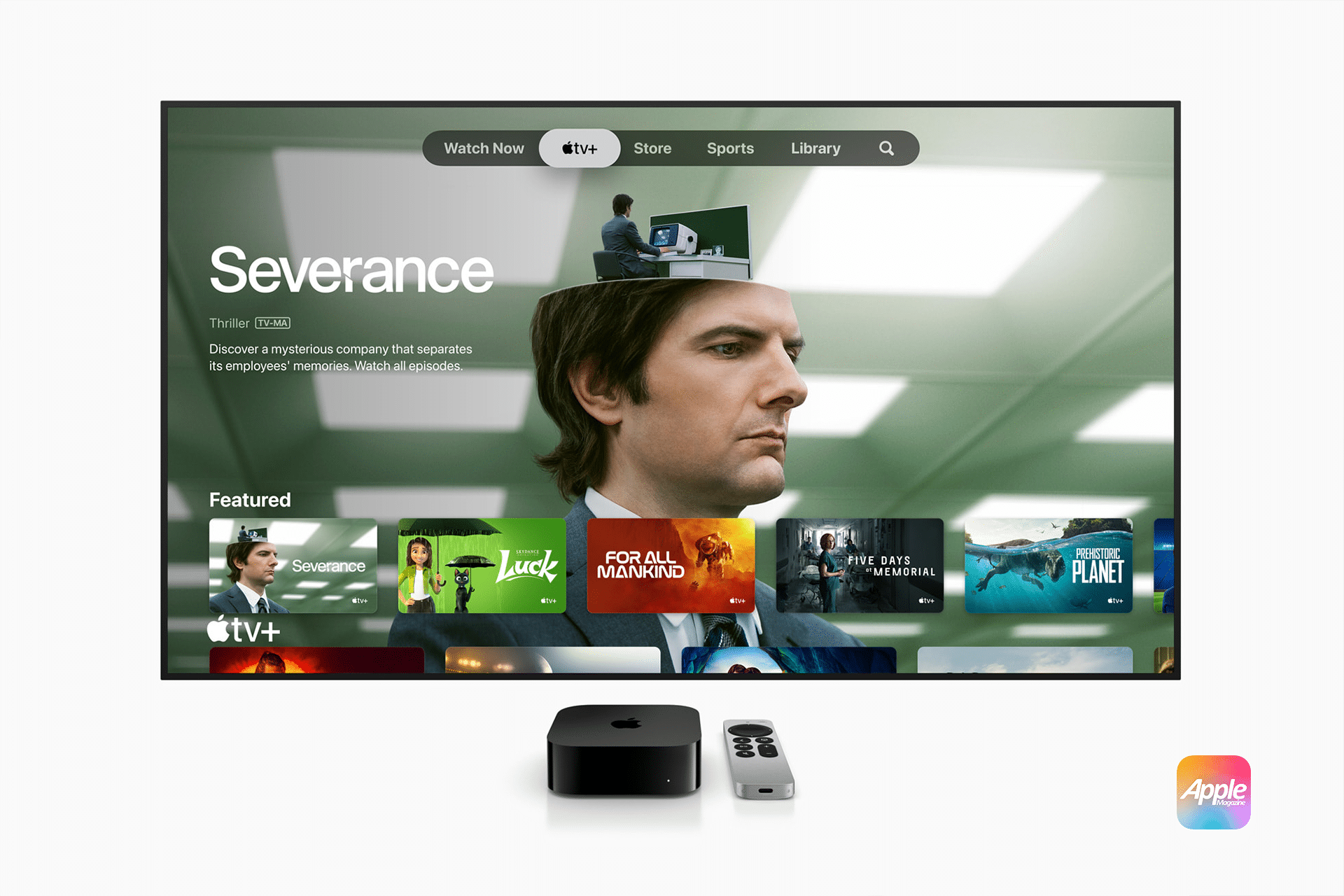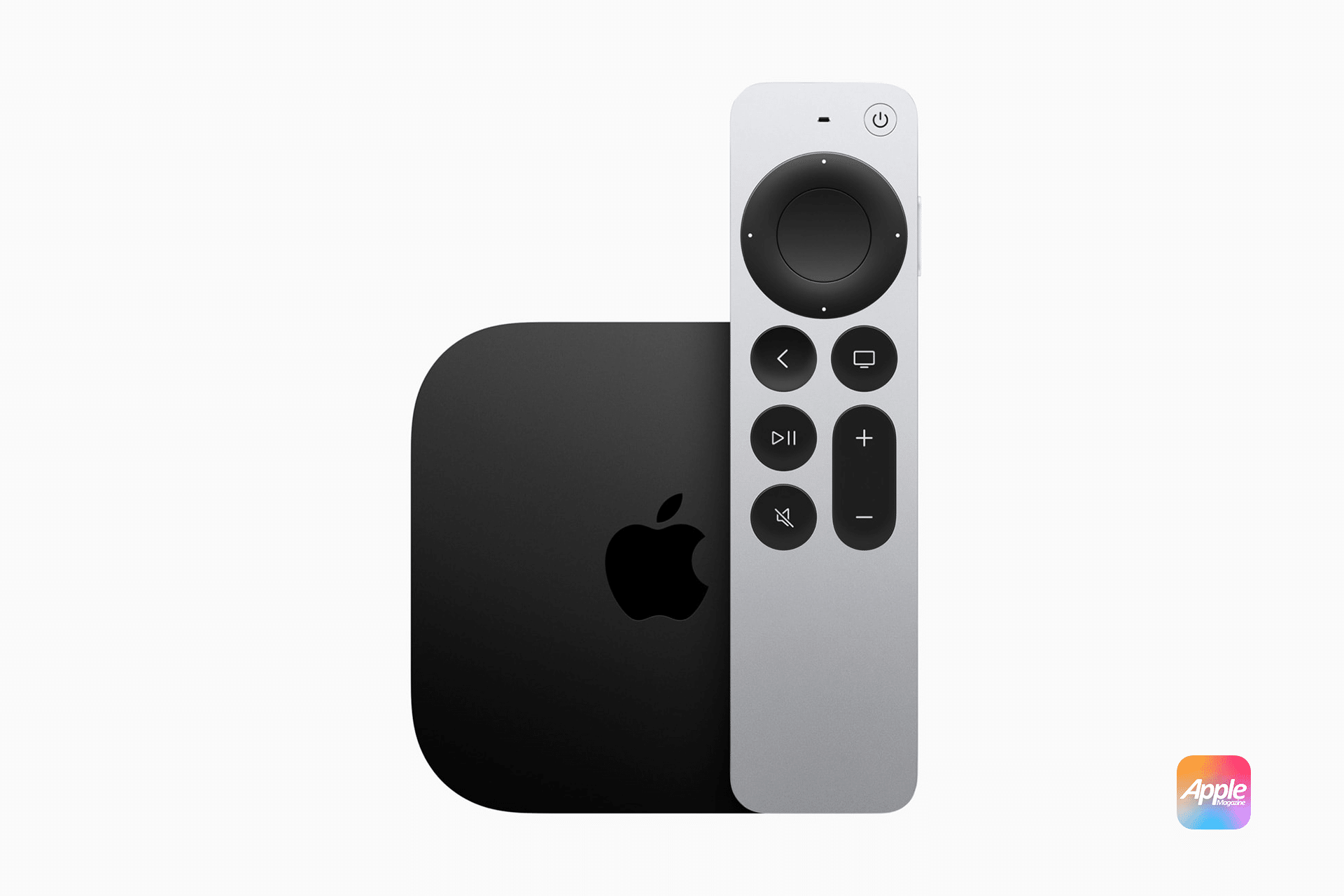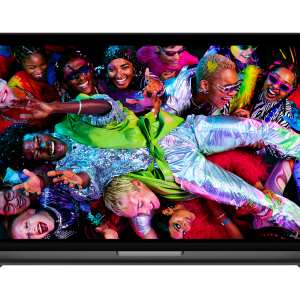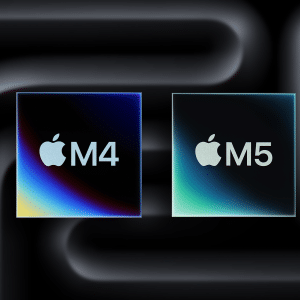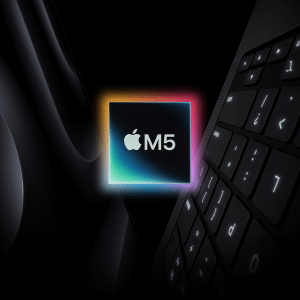Apple TV as a brand currently faces an identity crisis. Unlike Apple’s other product lines—Mac, iPhone, iPad, and even AirPods—the Apple TV brand lacks a strong association with a specific function or audience.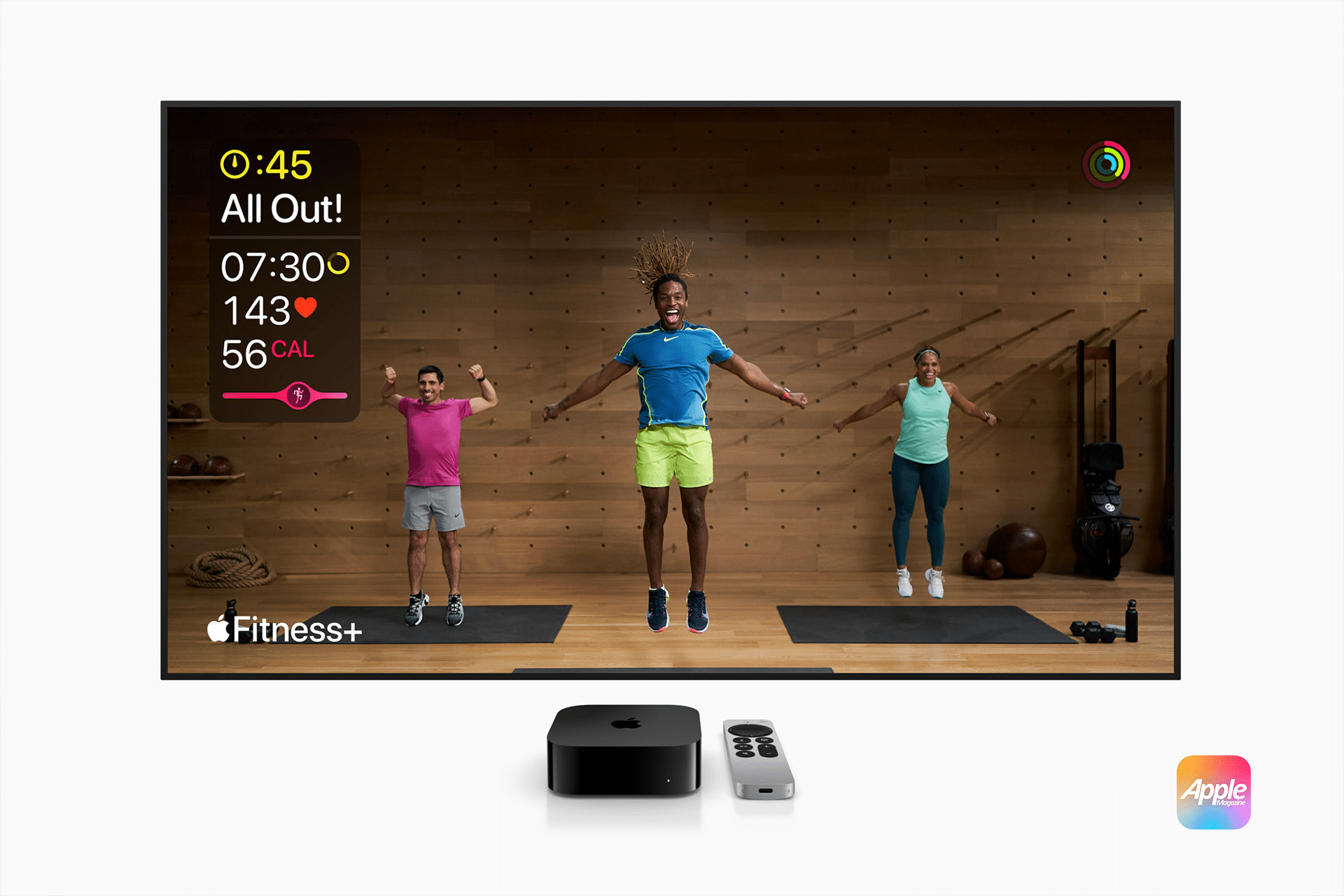
1. Confusing Branding Between Services and Hardware
One of the biggest challenges with Apple TV is the confusion between Apple TV (the hardware), Apple TV+ (the streaming service), and the Apple TV app. This lack of distinction has led to consumer frustration, with many unsure whether Apple TV+ is included with Apple TV hardware, or whether the Apple TV app requires an Apple TV device.
A Apple TV brand reboot would simplify this branding, making it clearer what each product or service offers and ensuring a more cohesive marketing message.
2. Apple TV+ Struggles Against Streaming Giants
Apple TV+ launched with premium, high-quality content, but it still lags behind Netflix, Disney+, and HBO Max in terms of mainstream recognition. While critically acclaimed shows like Ted Lasso, Severance, and The Morning Show have gained traction, Apple’s strategy of prioritizing quality over quantity has left it with a much smaller content library compared to competitors.
By repositioning the Apple TV brand and aligning it with a more dynamic identity—similar to what Apple did with Beats—the service could attract a broader audience.
3. Apple TV Hardware Feels Disconnected from the Smart Home Vision
The Apple TV hardware has remained largely unchanged for years. While the latest models offer excellent performance, their pricing and features don’t differentiate them enough from competing streaming devices like the Roku Ultra or Amazon Fire TV.
Apple’s push into smart home products with HomePod and HomeKit could be better integrated with Apple TV, creating a seamless entertainment and smart home hub. A brand reboot could help unify Apple’s vision for home entertainment and smart home functionality.
How Apple Could Approach an Apple TV Brand Reboot
If Apple were to reimagine the Apple TV brand, several strategic moves could help strengthen its position in the market.
1. Unifying Apple TV+ and Apple TV Hardware
One of the most effective strategies Apple could implement is integrating its Apple TV+ streaming service more closely with its hardware. This could mean:
- Bundling Apple TV+ subscriptions with Apple TV hardware for an extended free trial (or even making it permanently included).
- Offering an “Apple TV+ Pro” experience for users who purchase Apple TV hardware, unlocking exclusive content or features.
- Creating a new, distinct name for the streaming service to differentiate it from the Apple TV hardware.
2. Aesthetic and Branding Overhaul
Apple successfully transformed Beats into a globally recognized lifestyle brand. By applying a similar strategy to Apple TV, the company could:
- Introduce a new visual identity with bold, recognizable branding.
- Market Apple TV+ as a premium entertainment experience rather than just another streaming service.
- Offer exclusive collaborations or curated content collections to appeal to younger, trend-conscious consumers.
A more dynamic and personality-driven marketing approach—leveraging pop culture, influencers, and creative campaigns—could make Apple TV stand out from the more traditional branding of Netflix and Disney+.
3. Expanding the Apple TV Hardware Lineup
Apple could take a page from the Beats playbook and offer more distinct options within its Apple TV lineup:
- Apple TV Mini: A smaller, more affordable streaming device to compete directly with Roku and Fire TV Stick.
- Apple TV Pro: A high-end version with premium audio, gaming features, and deeper smart home integration.
- Apple TV Soundbar: A hybrid soundbar and streaming device, merging HomePod-like audio with Apple TV capabilities.
By diversifying the product line, Apple could appeal to different consumer segments while reinforcing Apple TV’s presence in the home entertainment space.
Apple TV’s Potential as a Smart Home Hub
Apple has been gradually expanding its smart home ambitions, and the Apple TV could play a central role in this vision.
1. Deep Integration with HomeKit and Smart Home Devices
A rebranded Apple TV device could serve as the ultimate smart home hub, allowing users to control HomeKit devices, security cameras, and lighting through the TV interface.
Apple could also introduce exclusive smart home features for Apple TV users, such as:
- Live HomeKit camera feeds with Picture-in-Picture mode.
- Smart home automation dashboards displayed on the Apple TV screen.
- Voice-activated smart home controls via Siri on Apple TV.
2. Apple TV as a Fitness and Wellness Hub
With Apple’s strong push into health and wellness through Apple Fitness+, Apple Watch, and HealthKit, Apple TV could integrate fitness features more deeply.
- Enhanced Apple Fitness+ integration with real-time metrics on-screen.
- Guided meditation and relaxation features, similar to Apple’s Mindfulness app.
- Group workout experiences that sync across multiple Apple devices.
Challenges Apple Faces with a Rebrand
While an Apple TV brand reboot could bring exciting changes, there are challenges Apple must overcome.
1. Overcoming Market Perception
Consumers currently see Apple TV as an expensive alternative to more affordable streaming devices. Apple would need to convince customers that a rebranded Apple TV offers unique value beyond just streaming.
2. Expanding Content Offerings
Apple TV+ needs a larger content library to compete with major streaming services. Apple could:
- Expand licensing deals to bring third-party content to Apple TV+.
- Invest in exclusive live sports deals (beyond MLB and MLS).
- Introduce a more robust ad-supported tier to attract budget-conscious viewers.
3. Pricing Strategy
Apple’s premium pricing strategy works well for high-end products, but a rebranded Apple TV lineup would need to include budget-friendly options to compete with Roku and Amazon Fire TV.
Final Thoughts on the Apple TV Brand Reboot
The Apple TV brand reboot is more than just a cosmetic refresh—it’s an opportunity for Apple to redefine its place in the streaming and home entertainment market. By unifying its services, expanding its hardware lineup, and integrating more smart home functionality, Apple can transform Apple TV from a niche product into a must-have experience for consumers.
With the right branding, content strategy, and hardware innovations, Apple TV could finally break through as a dominant force in home entertainment. The only question is whether Apple is willing to make the bold moves necessary to bring this vision to life.
